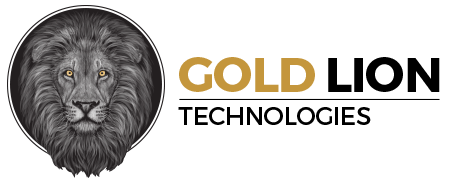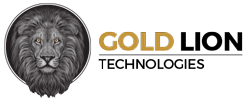
Principles of Editorial Design for Successful Branding
In the world of branding, you cannot fail to talk about editorial design. It is a term that is often thrown around in conversation pertaining to branding, marketing, and design. What most people do not realize is that editorial design is an essential element for successful publication. Many companies could benefit from an editorial design team because it makes all the difference. It is a vast topic that involves multiple elements which you can implement for different purposes. Luckily, you can get your first guide here.
What Is Editorial Design?
Editorial design is a form of graphic design that focuses on creating visually appealing layouts for print. It is an essential part of successful publication but can be used for multiple functions, including branding. Editorial design seeks to engage users through the practical design of documents, including layouts, colors, and illustrations. The goal is to make publications attractive, easy to read, clear, and cohesive. Editorial design is often used in the production of newspapers, books, magazines, and other large publications.
Basic Principles of Editorial Design
1. Balance
This is one of the critical principles of editorial design that helps to create good publications is balance. Despite what people think, balance does not mean that everything has to be the same size. It also does not mean that everything in the layout has to be symmetrical. It more about promoting comfort for the user. The goal is to help the user’s eyes travel through the page to aid comprehension. So ensure that you retain a good balance of images and text, where there isn’t too much text nor too many photos. Just be sure that your user has an easy time following the document.
2. Hierarchy
In editorial design, you will find yourself with multiple elements for a page. This includes images, texts, and illustrations. However, for every layout, you should have the ‘main attraction’ that should stand out in the design. You have to give visual weight to the most crucial element. This is hierarchy, and you can accomplish it in several ways. Important messages typically come higher on the page, and you can draw attention to them by making them bigger or adding some aspects to them.
3. Alignment
This is an important element of editorial design because it helps create visually appealing layouts to create a better appearance. To achieve proper alignment, you have to ensure that your components have enough space from each other and form a good connection with each other. And not just similar elements; your text needs to connect with images and illustrations. Lack of alignment could be what is causing your layout to look ‘weird’ or ‘not right.’ A great way to achieve alignment is by following the rule of thirds. This is where you separate the grid into thirds, both horizontally and vertically. The divisions help to place your elements to achieve proper alignment. It creates a pleasing look every time, which is why many graphic and editorial designers stay true to this design.
4. Readability
Readability is the ease with which a reader can understand a text. When it comes to this part of editorial design, you need to think about the users and how they will access the publication. This calls for extensive research on your target audience. This will help determine the font size and type, the number of words per line, and more. Essentially, you should create a breaking point for readers to give them a rest and keep them interested. Also, consider what platform your publication will appear on and strive to create some readability there.
Editorial Design and Branding
As previously mentioned, you incorporate some principles of editorial design to achieve successful branding. In the design of marketing tools such as flyers, posters, banners, leaflets, etc., you can use editorial design to ensure that you brand effectively. Therefore, on top of the principles above, consider the following:
1. Uniqueness
At the end of the day, the goal is to attract users and keep them interested enough to engage with your content. Therefore, one of the first principles you should consider is uniqueness. Look at what competitors are doing, then work to make yours stand out in areas of monotony. However, achieving uniqueness can be tricky too. Standing out ensures that users see you first and even take a closer look, then eventually associate the outstanding elements with your brand. Achieving this element is about creativity and competitor research, so be sure to put in the work.
2. Audience Research
Essentially, your audience will help you make editorial design decisions that will help your brand stick. For example, you can determine what language to use, what images to use, the overall layout, level of symmetry, font size, etc. Research your audience is necessary for all branding efforts, so you can learn about the things they relate to and remember most. Therefore, before selecting anything for your marketing tools, be sure you understand who you are designing and branding for.
3. Repetition
The continuous appearance of specific fonts, colors, and shapes will not only tie your design together but help readers identify your brand quickly. The thing about a brand is that people can tie various elements to it, your logo, company colors, and taglines. On top of this, they will also associate specific fonts, layouts, and shapes to your brand if you repeat them enough in all marketing material.
4. Consistency
Consistency is about the multiple platforms that your publication will appear on. Creating consistency in images and layout throughout the media will help seal your brand into users’ minds. This way, wherever your message or marketing tools appear, a reader will associate them with your brand because they retain some consistency from platform to platform. So use the same pictures, fonts, and illustrations everywhere. Just be sure that they meet readability on the platforms they appear on.
In conclusion, if you keep these principles in mind, you are well on your way to creating engaging, captivating, and memorable publications and marketing tools.


